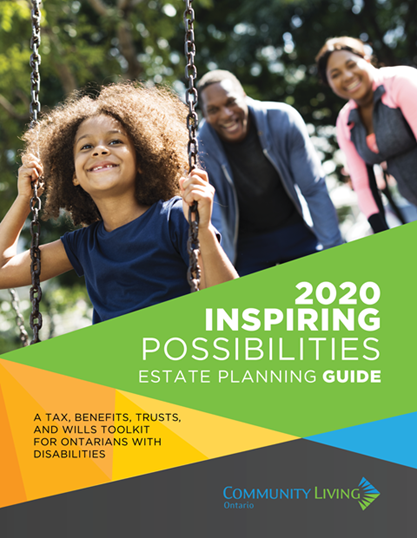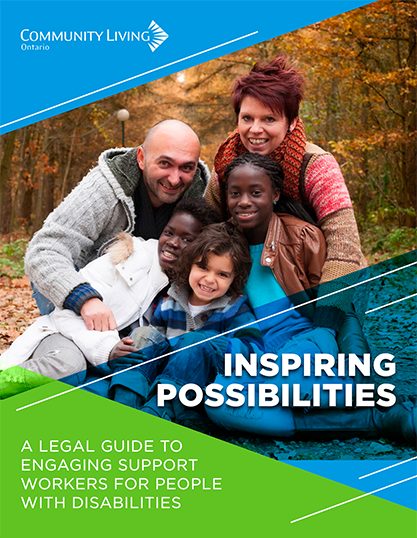Use of Exclusions, Seclusions and Physical Restraints in Schools
Commonly referred to as an “exclusion”, the Education Act makes it the duty of each principal in a public school to exclude any person (including a student) whose presence in the school or classroom would be a detriment to the physical or mental well-being of the students in the school. In the past few years, education advocates in the province have been inundated with accounts of students with special needs being prevented from attending school for days, weeks, and sometimes months in this manner.
In January 2019, disability advocates from the Ontario Autism Coalition and the Accessibility for Ontarians with Disabilities Act (“AODA”) Alliance called on the provincial government to issue a direction to school boards restricting when and how principals may exclude students from school and to convene a summit of stakeholders for consultations on the exclusion power. As a result, the provincial government announced in March that it would be conducting online consultations about this issue, but the results of those consultations have not yet been made public.
It is expected that exclusions will only increase if budget constraints result in an inability to provide adequate support to students with special needs in classrooms across the province. One issue to watch is the Toronto District School Board’s (“TDSB”) recent announcement that it will eliminate the Kindergarten Intervention Program (“KIP”) for the 2020-2021 school year. The program currently provides a separate program for students in senior kindergarten who have complex needs due to behavioural issues but is being discontinued due to the TDSB’s finding that streaming students in this way creates barriers to success. While the goal of increasing the inclusion of children with high behavioural needs in regular classrooms is clearly a laudable one, it is not clear how the TDSB will ensure that the necessary support is provided to those students if the budget allocations for positions such as Child and Youth Workers and Social Workers continue in a downward trend.
Recently, the Ontario Human Rights Tribunal (“HRTO”) upheld a school board’s authority to exclude students with disabilities from school. The HRTO held that the Upper Grand District School Board did not discriminate against a third-grade student with intellectual disabilities in light of escalating behavioral challenges. This case is important because it highlights some of the difficulties that schools, parents and students with disabilities face in trying to ensure meaningful access to education. PooranLaw’s summary of the case can be found here.
Without a Ministry of Education policy applicable to the use of exclusions across the province to provide oversight and ensure consistency between school boards, it is likely that the exclusion power will continue to be used in a way that decreases access to inclusive education for students with special needs. PooranLaw will continue to monitor this issue and will keep you apprised of any developments.
Another late-breaking issue to watch is the use of seclusion and physical restraints in schools in the province. The Honorable Michael Coteau introduced Bill 160, a private member’s bill, in the legislature on December 9th. Bill 160, if passed, would require the Minister of Education to establish policies and guidelines with respect to the use of seclusion and physical restraint in schools. As seclusion and physical restraints are often used for children with behavioural issues intertwined with exceptionalities such as autism, increased consistency and accountability across the province would be a welcome development.
Ontario Autism Program
The provincial government’s funding cuts to the Ministry of Education and the Ministry of Children and Youth Services, particularly the revamping of the Ontario Autism Program (“OAP”), have dramatically impacted the programs, services and supports that children living with autism spectrum disorder (“ASD”) require.
It has been a volatile year for families supporting children living with ASD in Ontario. Notwithstanding the acknowledgment by the government of the importance of needs-based services and the implementation of an expert panel to advise the government on a new needs-based program, the communication to families has not been clear and the recent announcement by the government that the OAP will be phased in over two years, rather than in April 2020, has further delayed the provision of needs-based programs to children with ASD.
While the Minister of Children, Community and Social Services presented the key elements of the new program, including access to core services such as Applied Behavioural Analysis (“ABA”), early intervention for young children, and urgent and complex needs services to support children and youth, many details have yet to be worked out. In the meanwhile, families will be able to apply for interim funding of either $5,000 or $20,000 to pay for services, depending on the age of the child.
Families are waiting to see what the first phase of the implementation of the program in April 2020 will provide for their children and until then, this uncertainty creates additional stress for families. The full report of the Ontario Autism Program Advisory Panel can be found here. PooranLaw will keep you informed as the OAP reforms are implemented in 2020.







